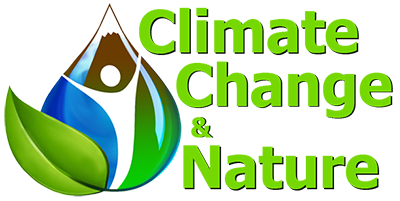Causes: Cooling effect of emissions
Image: Peggy Anke
Video 1: January 2024, Astrophysicist Neil deGrasse Tyson & Dr.
Gavin Schmidt, climate modeler and Director of the NASA Goddard
Institute for Space Studies, discuss why the record breaking
temperatures in 2023 was due primarily to the decline in aerosols.
Video 2: Methane comes from production and transport of fossil fuels, but instead of tumbling during the global COVID lockdowns, they spiked upwards.






